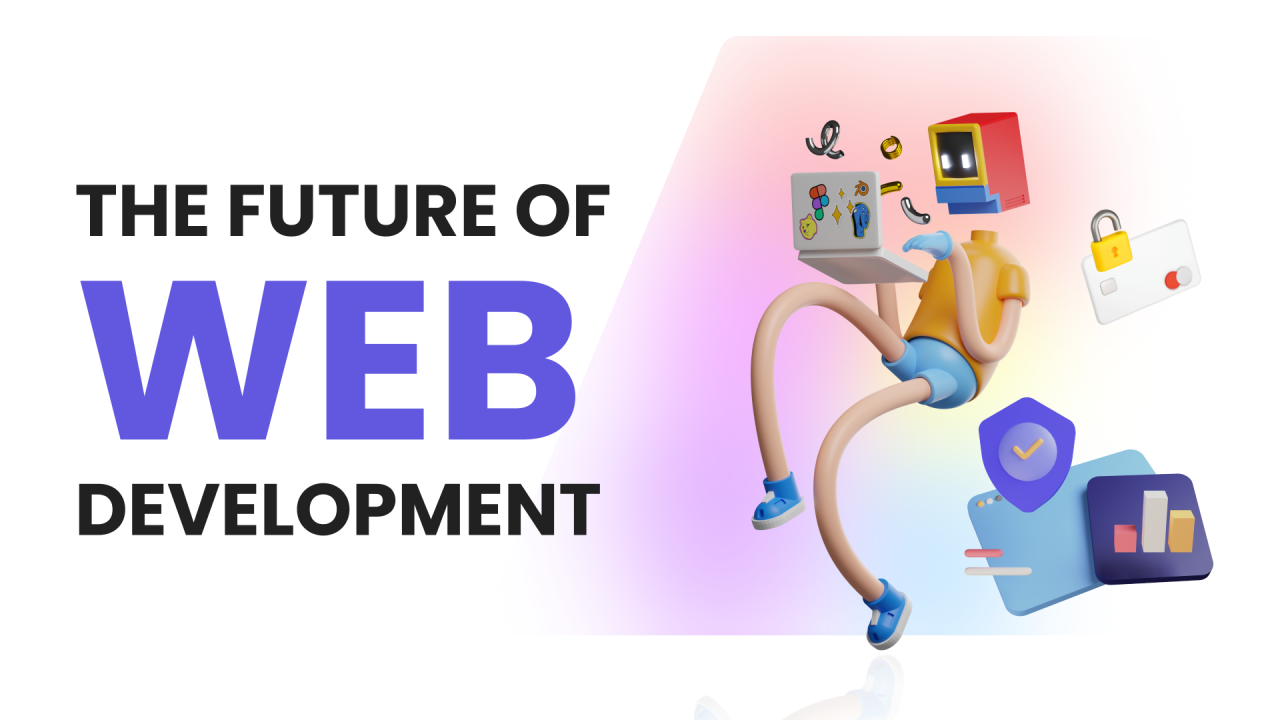Web development is undergoing rapid transformation, driven by the constant evolution of technology, tools, and user expectations. By 2025, the landscape will look quite different, with several significant trends shaping the way websites are built and experienced. Some key trends to watch:
AI and Automation Integration
Artificial Intelligence (AI) is transforming web development by automating various tasks, enhancing user experience, and optimizing workflows. AI-powered tools are being used to generate content, personalize user interactions, and even assist with coding. For instance, tools like GPT-4 (and beyond) will continue to evolve, enabling web developers to leverage AI for creating smarter, more personalized websites. Chatbots powered by AI will become more sophisticated, offering real-time customer support and seamless experiences.
The Rise of JAMstack
JAMstack (JavaScript, APIs, and Markup) is becoming the go-to architecture for modern websites. This architecture is decoupled, meaning the front end is independent from the backend, allowing for faster, more secure websites. By using static site generators like Gatsby or Next.js, developers can create faster and more scalable websites. JAMstack allows websites to be hosted on CDNs (Content Delivery Networks) for blazing-fast load speeds, making it a prime choice for performance-conscious businesses.
Serverless Computing and Edge Computing
Serverless computing allows developers to build and run applications without managing servers. This model allows for a more scalable and cost-effective approach to development. Instead of maintaining servers, developers use cloud services like AWS Lambda or Google Cloud Functions. In addition, edge computing, where computation happens closer to the user (at the edge of the network), will continue to gain popularity. This is especially beneficial for websites that require real-time data processing and low latency.
Progressive Web Apps (PWAs)
PWAs offer an app-like experience on the web. In 2025, PWAs are expected to be the dominant model for building cross-platform apps. They are lightweight, fast, and provide offline capabilities, making them ideal for mobile users. By offering seamless experiences across different devices, PWAs improve user engagement and retention, and businesses are likely to adopt them more widely.
Personalization and User-Centric Design
Personalization will continue to be a key focus in web development. AI and machine learning will enable websites to create personalized experiences for users, adjusting content based on user behavior, location, and preferences. Web design will move towards more dynamic, context-aware layouts that change based on the user’s actions, providing a more tailored browsing experience.
Sustainability and Green Web Development
With growing awareness about environmental impact, web developers are increasingly focused on creating energy-efficient websites. This includes optimizing code to reduce the carbon footprint, minimizing the energy usage of hosting servers, and promoting the use of renewable energy sources for data centers. The push for green web development will become more prominent as consumers and businesses demand eco-friendly solutions.
Blockchain and the Metaverse
Blockchain technology and the growing interest in the metaverse will have a significant impact on web development. Websites will begin to integrate decentralized finance (DeFi) solutions and NFTs (Non-Fungible Tokens). In the metaverse, virtual spaces and experiences will blur the lines between physical and digital worlds. Web developers will need to create immersive experiences that engage users in these new digital environments.


